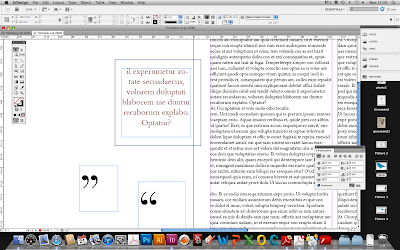This first experiment that I have done is of idea three. I really liked this idea because it is not directly obvious as a surfing cover. But within developing this idea I am going to add things that make it into this, maybe obvious or not so obvious, but I will decide this as I go along, seeing what looks better and more suitable.
This screen shot was the first few lines I did of the outline of the VW Camper van.
Here I have taken two screen shots of the VW badge. I think that this is one of the most important aspects of the vector drawing so I wanted to make sure that it looked good.
This screen shot is a more progressed version of the outline drawing of the VW Camper. At this stage I think it is going well.
In this stage I have used Photoshop to colour in the VW. I have used block colour on the van to create the graphic and simple look to it. I really like the colours that I have used, they are calm and the cream and green I think look good together.
This image here is the jpg of the image I have created. This is not the final piece that I am using. I just wanted to see what the van would look like in full colour before I add more to it. I am planning to add more details around the van that relate to the surfing culture.
To develop this idea forward I am going to create more to the image creating the whole of the front cover.
This screen shot is just to show the development I have done on the VB Camper van image. I have just added some small extras, including the mirrors, which I forgot to put on the first time and some shine on the camper and lights.
This experiment here was simply a happy accident. I was on photoshop with the JPG and i tried to magic want around the edge of the VW and by pressing back space after this it created this. I think it was because it wasn't a layer, as it was the background flat image. I really like this though, by experimenting and playing around with the image I sometimes tend to come arcross things that I wouldn't be able to create if I tried.
----------------------------
Here is the basis of the front cover magazine that I am going to use.

















































